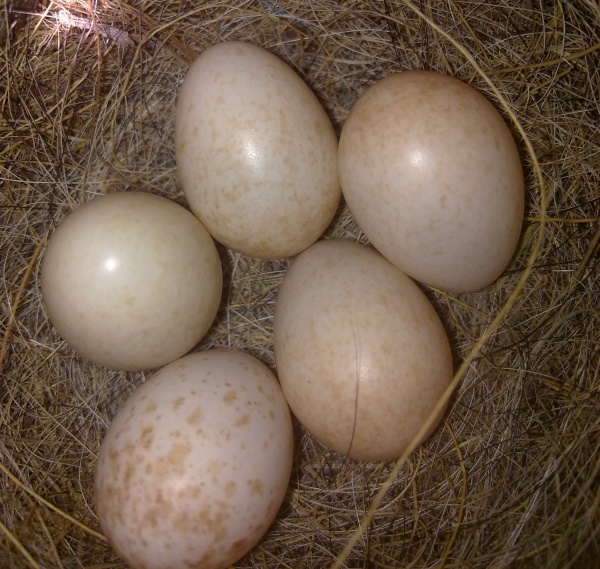Facts About European robin
The European robin, often referred to simply as the robin or robin redbreast, is a delightful small bird primarily known for its insectivorous diet. This species belongs to the chat subfamily within the Old World flycatcher family. Both male and female robins boast vibrant orange breasts and faces, enhanced by grey-edged features, brown upper parts, and whitish underparts. These birds can be observed across Europe, Western Siberia, and North Africa, where they generally remain sedentary, except in the far northern regions.
Carl Linnaeus first described the European robin in 1758, classifying it under the genus Erithacus. The term "redbreast" underscores its distinctive orange chest. Various subspecies exist, including distinct populations on islands such as the Canary Islands. Although part of the Old World flycatcher family, European robins share a closer relation to other types of robins found in America and Australasia.
Robins are highly territorial and will aggressively defend their domain. They possess a unique repertoire of vocalizations and are predominantly diurnal. However, under suitable conditions, they may also be active at night. Their diet encompasses insects, berries, and fruits. When it comes to nesting, robins are adaptable, selecting a variety of sites and laying multiple clutches of eggs throughout the breeding season.
In British culture, the robin holds a cherished status, especially around Christmas. It is steeped in folklore and legends, many of which provide explanations for its orange breast. The robin was informally adopted as the UK's national bird in the 1960s and won a public poll for the same designation in 2015. Robins are frequently featured on Christmas cards, postage stamps, and even as nicknames for sports teams.

 Vatican
Vatican